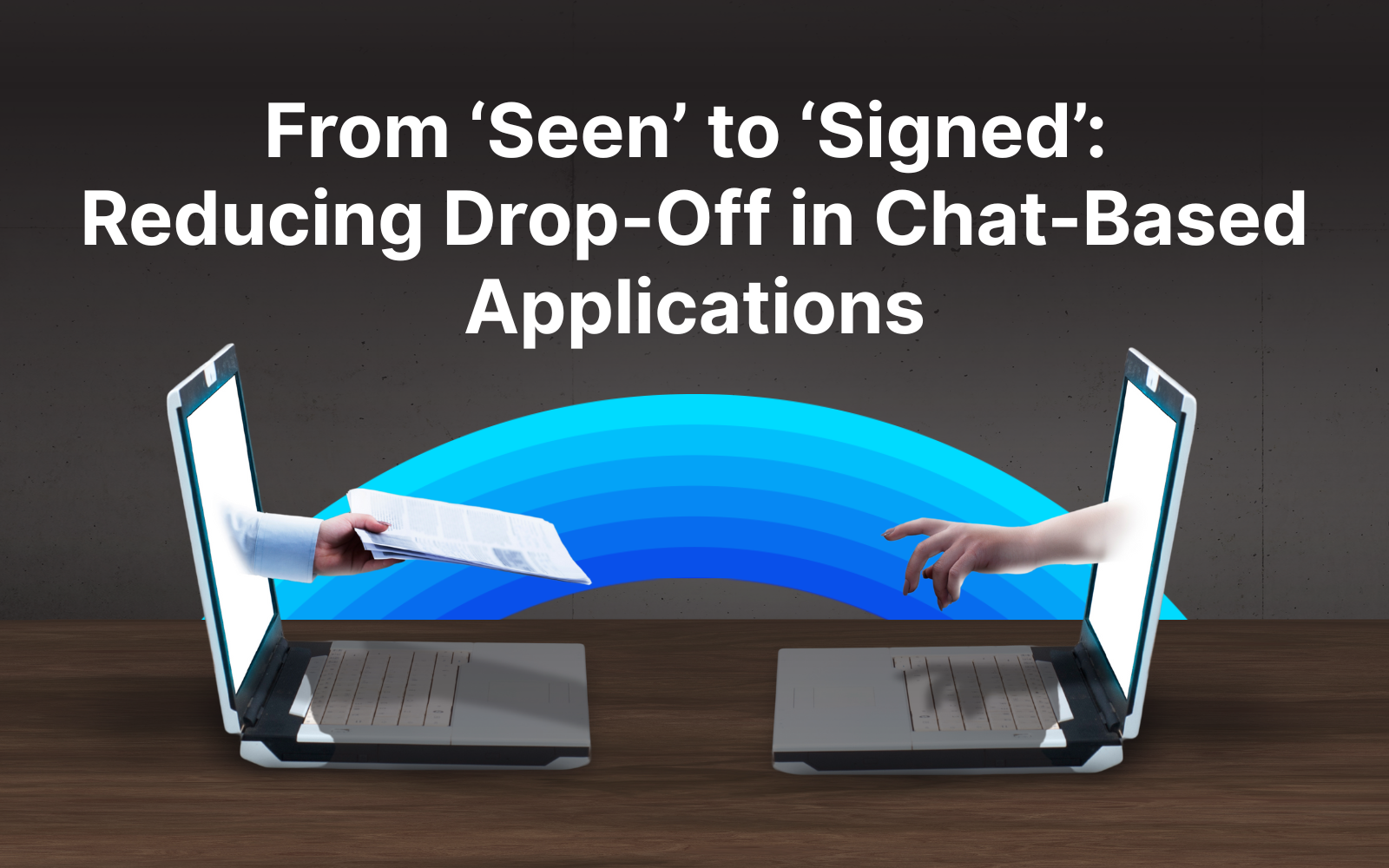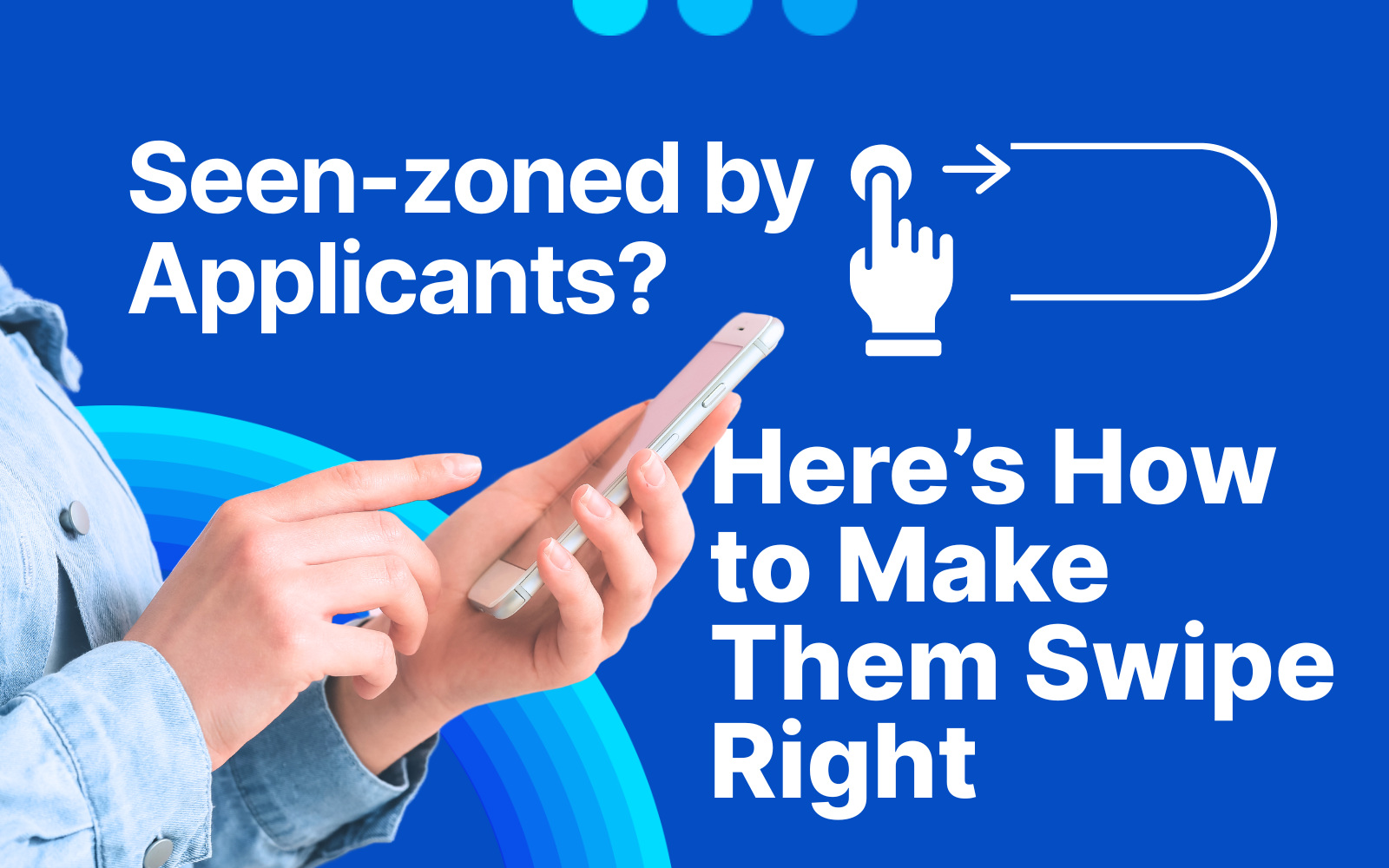
 - (1600 x 1000 px) (11)-671.png)
You know that feeling when you post a super formal job description with a big, fancy title—then… crickets? Or worse, 200 applicants but only 3 show up on Day 1? Been there. As your tough-loving bestie who lives in the trenches with recruiters, I’ll say it plainly: for today’s jobseekers—especially Gen Z—the perk is the point. They are scanning job ads like it’s online shopping. If they can’t “see the value” in two seconds, they bounce to the next tab. Title? Cute. Benefits? That’s the hook.
This is good news. Because unlike salary bands you can’t change overnight, benefits and how you sell them are within your control—today. Let’s unpack how to make benefits your competitive edge on a BPO hiring platform, improve candidate engagement, and actually convert those hard-won impressions into show-ups and hires.
They’re not allergic to work. They’re allergic to vague. They want clarity on how the job supports their life—today and six months from now. They will actively search for jobs hiring no experience if they see a future path, decent schedules, and mental-health-respecting culture. If your ad reads like a lecture, they’ll swipe left. If it reads like a promise they can visualize, they’ll tap apply.
Yobi’s take: Sell the outcome, not just the role. A “CSR I” sounds meh. But “CSR with Day 1 HMO, fixed two days off, and real career mapping in 90 days”—now we’re talking. The job title gets them in the neighborhood; the perk set gets them inside the door.
Let’s be concrete. Here are benefit levers that consistently boost applications and show-up rates—plus phrasing you can lift straight into your JD.
Yobi’s tip: Benefits must be clear, dated, and visual. If a candidate can imagine the first 30–90 days, they’ll forgive a not-so-fancy title. But if benefits feel conditional, hidden, or “subject to manager approval,” you’ll lose them at the first scroll.
Most BPO postings read like this: Title → Responsibilities → Requirements → Last-minute benefits. Let’s flip that.
Header (value-first):
“Get Day 1 HMO + fixed weekends off | CSR | Hybrid after 60 days”
Lead-in (promise):
“You want stable schedules, real rest days, and growth you can measure. We built it in.”
Three bullets (prioritized perks):
Proof & path:
Requirements (kind, inclusive):
CTA (no fluff):
“Apply now via the Jobyoda bpo job portal. Get a recruiter call within 24–48 hours.”
Yobi’s take: If they have to scroll to find the perk, you already lost them. Lead with it. Repeat it. Prove it.
No-shows happen when expectation and reality don’t match. If your post promises heaven then the recruiter call sounds like “well, actually…,” candidates drop off. Flip it: set crisp, attainable expectations and show your math.
Yobi’s tip: Candidates who feel respected by your transparency repay you in attendance and tenure. Fast talkers get fast no-shows.
Yes, salary matters. But when offers are within 10–15% of each other, benefit clarity decides the click. In a saturated job search Philippines market, the ad that reads like a real life plan—schedule, health, growth—wins.
How to test:
Run A/B postings for one role. Version A: traditional title-first. Version B: benefit-first headline + proof bullets. Track click-to-application and application-to-show-up. You’ll see it.
Yobi’s take: Consistency is loyalty. If the perk keeps changing names at every step, candidates will think the benefit is imaginary.
Keep it human. Keep it short. Keep it provable.
Yobi’s pep talk: You don’t need a bigger megaphone. You need a sharper message. Perks are your storyline. Tell it like you mean it.
(Replace the “#” with your live article links.)
Use deeplinks that open filtered views or representative roles so recruiters can benchmark copy and flow.
(Swap placeholders with your actual Jobyoda app/web deeplinks.)
Gen Z isn’t choosing laziness over ladder. They’re choosing clarity over chaos, health over hustle theater, and real growth over hollow titles. If your ad can prove when and how the benefit lands, you’ll see it immediately in click-through, show-ups, and early tenure. Lead with the perk. Because the perk is the point.

From ‘Seen’ to ‘Signed’: Reducing Drop-Off in Chat-Based Applications

Where to Post Jobs for Free in the Philippines: 2025 Recruiter Guide

Seen-zoned by Applicants? Here’s How to Make Them Swipe Right
 - (1600 x 1000 px) (5)-39.png)
Beyond the Resume: Soft Skill Screening Tools Every Recruiter Needs
 - (1600 x 1000 px) (6)-394.png)
Gen Z Interviewees Are Built Different: Here’s How to Keep Their Attention